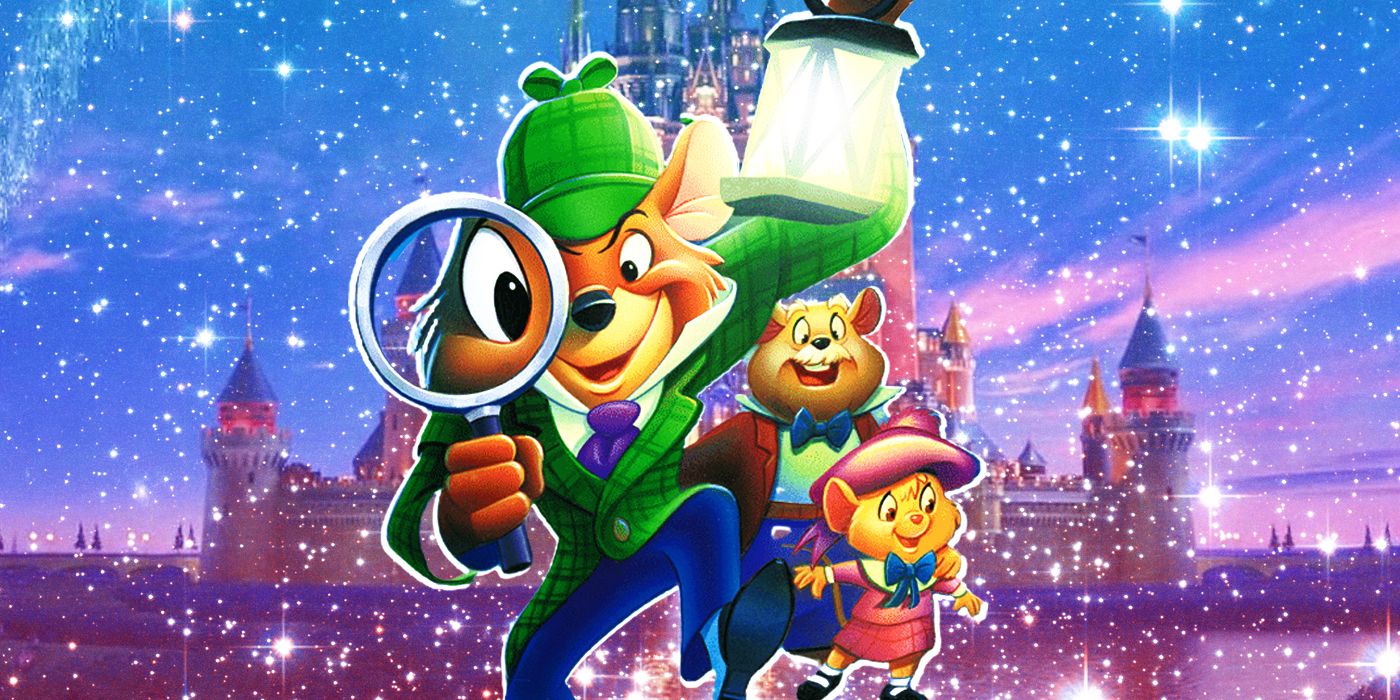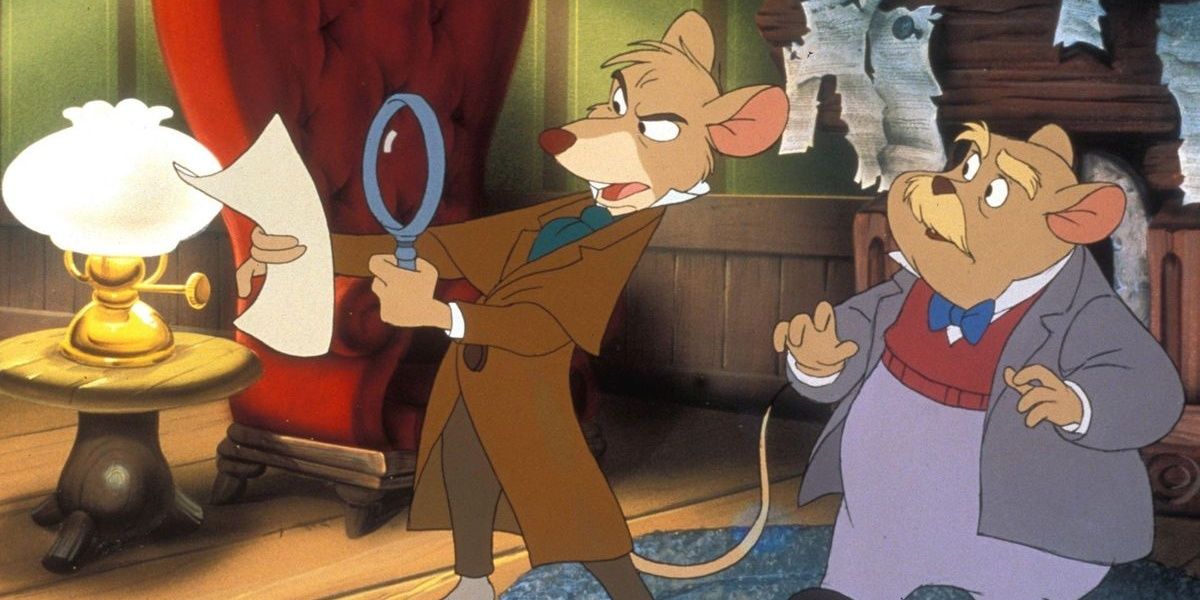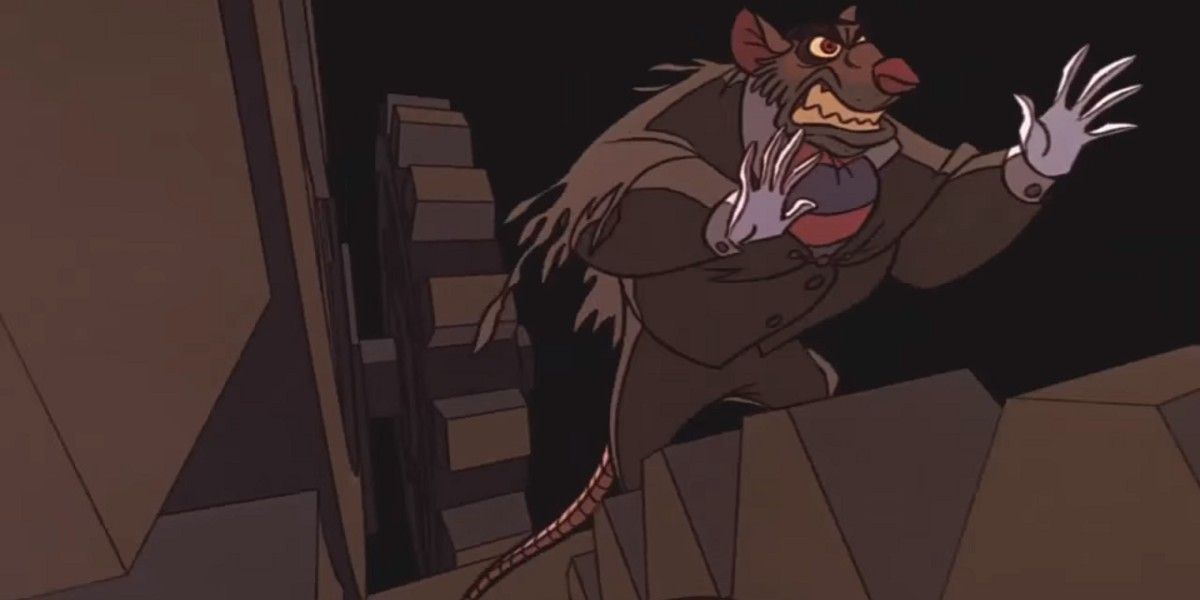Quick Links
Summary
- Disney's previously struggled with animated flops like Pinocchio and Fantasia, but later recouped their expenses with subsequent successes.
- The 1970s and 1980s of Walt Disney Animation has come to be known as Disney's "Dark Era."
- The Great Mouse Detective was a major financial success compared to The Black Cauldron released the year prior.
The passing of Walt Disney in 1966 signaled a slow decline of Walt Disney Animation in the following years. While Disney Studios would continue to pump out both live-action and animated endeavors, including some well-remembered movies like Bedknobs and Broomsticks (1971) and The Aristocats (1970), the 1980s brought a steeper decline in box office receipts. Films such as The Black Cauldron (1985) failed to garner a return on the cost of production both in time and money. Some of Walt's original animators, or the "Nine Old Men," were still working at the studios, but in general, the animation department was in dire need of an overhaul. Methods and practices that had once worked for creating an animated hit had clearly run their course.
It wasn't until Michael Eisner and Frank Wells joined the company in 1984 as CEO and president that an effective restructuring began to take place. The 1980s would see a slow increase in the quality of Disney's animated films, culminating with The Little Mermaid kicking off the Disney Renaissance in 1989. But prior to this, The Great Mouse Detective (1986), was the first movie to signal that Disney might be on the rise again.
Disney Animation Was Struggling When The Great Mouse Detective Premiered in 1986
- Released in the same year (1940), both Pinocchio and Fantasia were box office failures for Disney.
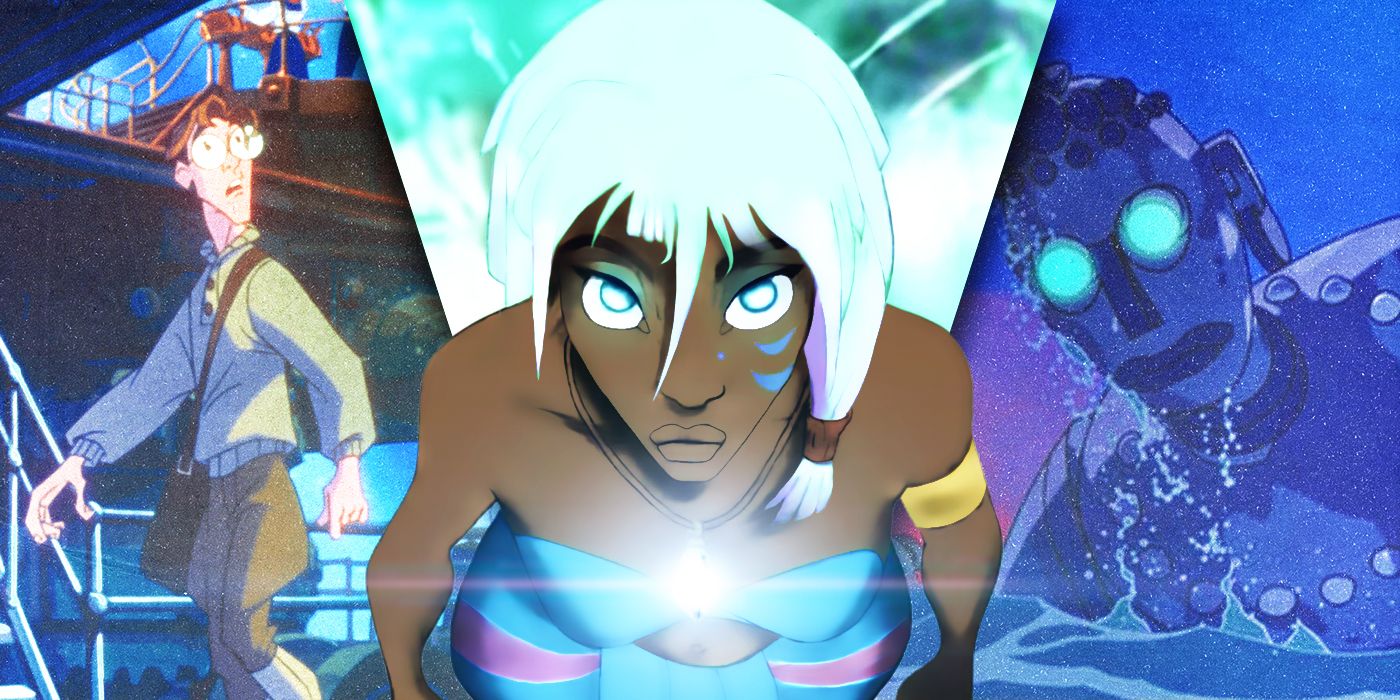
This Underrated Disney Movie is Great for the Whole Family
Disney has released dozens of movies in its 100 years of animation. But while many have stuck out, there is one underrated movie families would love.The 1980s would not have been the first time Disney experienced a lull in animation. Two films produced in Walt's lifetime did not recoup their production expenses upon initial release. Pinocchio (1940) performed below expectations and cost twice that of Snow White and the Seven Dwarfs (1937) to produce. In his book Walt Disney: An American Original, Bob Thomas cites Walt's reaction to Pinocchio's performance as "very, very depressed." Despite this, the film still won two Academy Awards, including one for Best Original Score and Best Song for "When You Wish Upon a Star." International success was also hindered when the U.S. entered World War II around the same time.
Released the same year, Fantasia suffered much the same fate as Pinocchio. However, being a much more ambitious film -- Fantasia incurred extra costs. Due to its use of a brand-new type of sound system called Fantasound, a precursor to surround sound, the artsy-animated endeavor was also more expensive to screen in theaters. Even with its financial losses, it was critically acclaimed. Although with general audiences, it may have been a bit ahead of its time. In his book The Gospel According to Disney, writer Mark I. Pinsky argued that Fantasia is definitely not a children's film and more suited for adults with segments that may have been jarring for some audiences.
Disney would come out on top once again and release a string of animated classics in the 1950s and 1960s. Cinderella (1950), Peter Pan (1953), and 101 Dalmatians (1961) are all films now considered Disney mainstays. And 101 Dalmatians was surprisingly responsible for pulling the studio out of a pothole left by Sleeping Beauty just two years prior. At this point, however, the studio had already begun to shift its focus onto live-action films as opposed to animation. In total, the studio only released three feature animated films during the entire decade of the 1960s: 101 Dalmatians, The Sword in the Stone (1963), and The Jungle Book (1967).
By the 1980s, Walt's son-in-law, Ron Miller, was running the animation department and things were slowing down. The biggest hit came when Disney's first PG-rated animated film, The Black Cauldron (1985), was released to dismal reviews. It made less than half of its cost back in its theatrical release and took over 10 years to make. Writer/animators, John Musker and Ron Clements were even removed from the project and started working on The Great Mouse Detective as "their first joint directorial effort." Musker and Clements would later go on to write The Little Mermaid.
Despite His Later Downfall, Michael Eisner Played a Huge Part in Revamping Disney Animation
|
Main Voice Cast of The Great Mouse Detective |
|
Barrie Ingham as Basil of Baker Street |
|
Laurie Main as Dr. Watson |
|
Vincent Price as Professor Ratigan |
|
Val Bettin as Major Dr. David Q. Dawson |
|
Susanne Pollatschek as Olivia Flaversham |
|
Candy Candido as Fidget |
|
Alan Young as Mr. Flaversham |
|
Diana Chesney as Mrs. Judson |
|
Wayne Allwine, Tony Anselmo, and Walker Edmiston as Ratigan's henchmen |
|
Basil Rathbone as Sherlock Holmes (from old recordings) |
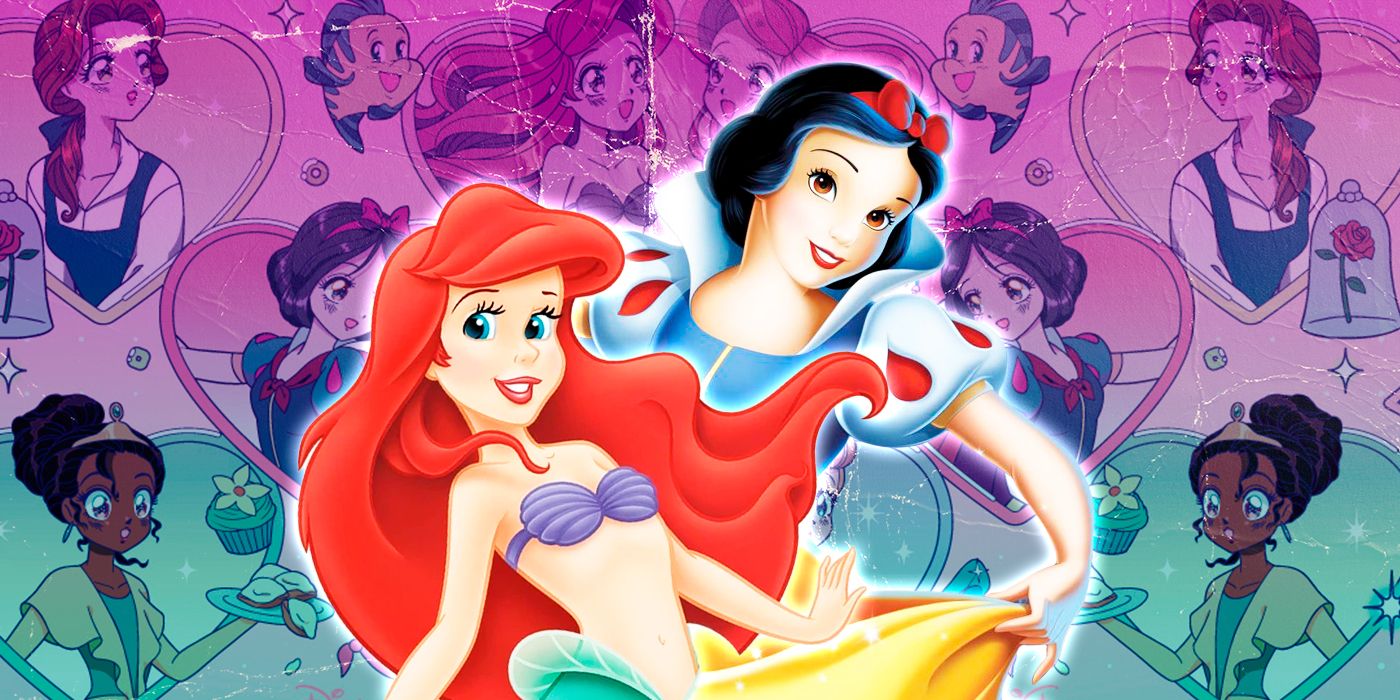
Disney Princesses Become Shojo-Style Heroines in New Official Artwork
A new Disney Princess-themed café features manga/anime-style makeovers for famous heroines like Belle, Ariel, Snow White and more.The cleanup of Walt Disney Animation truly began when Eisner and Wells joined the company in 1984. In his 2005 exposé, Disney War, author James B. Stewart talked about how Eisner started requiring every animated movie to be given a full scripted treatment. Prior to this, it wasn't always required. Animated films often solely used a series of storyboards to create the outline of the story. Eisner's goal was to create a more streamlined and organized process that would be a first step in overhauling the department for the better.
The Great Mouse Detective may not be as remembered or beloved as movies like The Little Mermaid, but it played a huge part in turning the financial tide for the studio. After Eisner took over, Roy E. Disney -- Walt's nephew -- was made chairman of feature animation, and the entire department was relocated. It was under this new system and management that the Sherlock Holmes retelling was made. Originally based on a book series by authors Eve Titus and Paul Galdone, the movie even featured horror movie legend Vincent Price as the voice of the villain, Professor Ratigan. The Great Mouse Detective grossed $38.7 million against its $14 million budget, renewing hope for Disney's trademark export in the entertainment world.
Eisner would famously be ousted from the Walt Disney Company and have a very public fallout with Roy E. Disney in the early 2000s. So, even though Disney's profits quadrupled from 1984 to 1994 under his leadership, he would not have a happy ending with the entertainment giant. After the untimely death of Wells in 1994, Eisner's leadership and decision-making began to cause friction. Upon leaving the company himself, Roy Disney and his lawyer, Stanley Gold, launched their "Save Disney" campaign, which encouraged shareholders to withhold their vote of support for Eisner as a member of the board. During this time, the relationships with Pixar also declined, leading to a brief era where Disney/Pixar movies were listed as "A Disney Presentation of a Pixar Film." On September 30, 2005, Eisner formally stepped down as CEO, deferring to his right-hand man, Bob Iger.
The Great Mouse Detective Was One of the First Disney Films to Use Computer Animation
- The Black Cauldron was the first Disney film to use computer-assisted animation.
- The Great Mouse Detective's climactic fight scene was inspired by Hayao Miyazaki's Lupin III: Castle of Cagliostro.
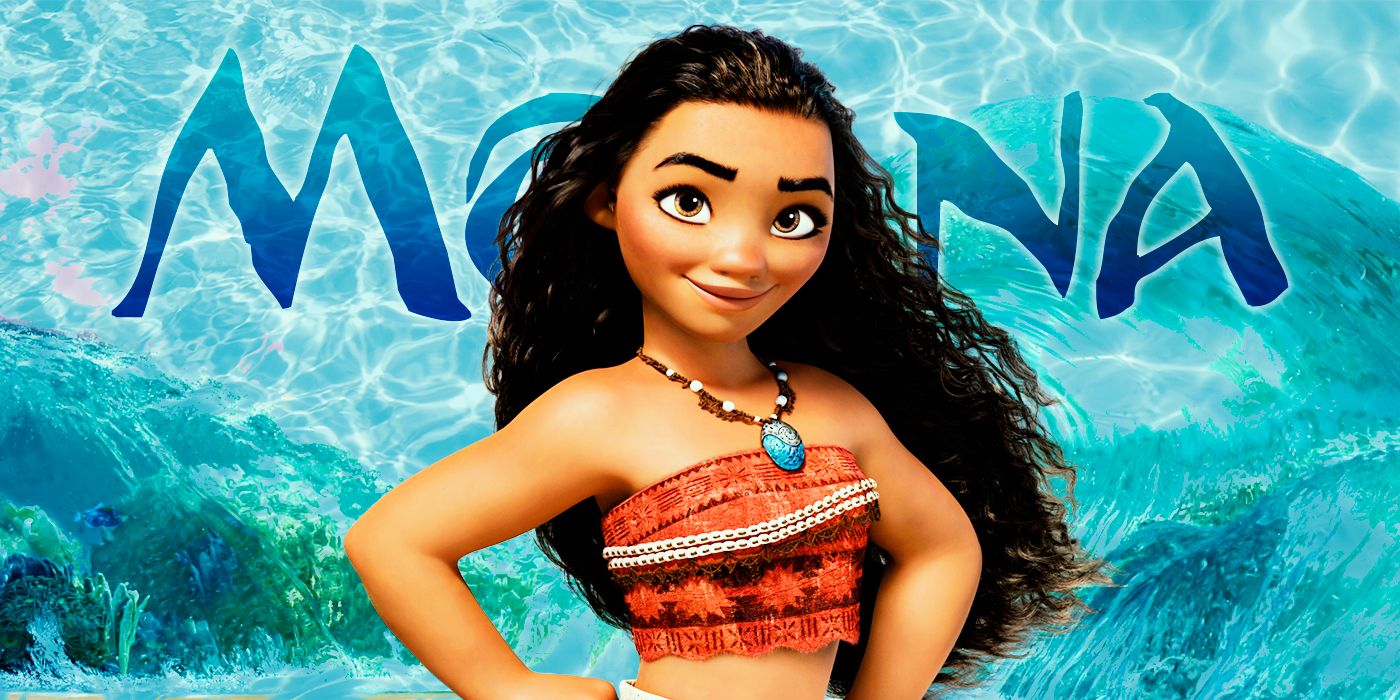
Disney Unveils New Image for Moana 2, More Plot Details Revealed
Disney debuts a new look at Moana 2, starring Auli’i Cravalho, while also revealing how many years have passed between the original and sequel.Before Pixar ushered in Disney's CGI era, The Great Mouse Detective was one of Disney's first films to utilize the new technology. Oddly enough, The Black Cauldron would be the first time Disney would use computer-assisted animation, but it really took center stage in The Great Mouse Detective's grand finale. The high-stakes fight between the hero, Basil of Baker Street, and the villain -- Ratigan -- takes place inside London's famous landmark: Big Ben. Layout artist Mike Peraza was inspired by Hayao Miyazaki’s film Lupin III: Castle of Cagliostro, which also features a fight between characters within the inner workings of a clock. Disney's animators would jump through hoops to try and get a personalized tour of Big Ben from which to draw inspiration and get real-life references.
Disney artists used the material they gathered from their visit to the real Big Ben to recreate it on screen in a hybrid of hand-drawn and computer animation. Animators Tad Gielow and Phil Nibbelink would work on the sequence together on both the clockwork gears and character animation, respectively. Nibbelink commented at the time, "This sequence represents a hybrid of what the computer does best and what animators do best." Both Nibbelink and Gielow likely could not have seen how CGI would eventually completely eclipse hand-drawn animation by the 2010s. Disney's last attempt to return to a fully hand-drawn film in 2009 with The Princess and the Frog was the company's last hurrah in that area. Still, their latest release, Wish, has a style which intentionally tries to honor the tradition and looks of hand-drawn animation.
There may not be a huge amount of buzz around The Great Mouse Detective today, but its comparative success following what's come to be known as "Disney's Dark Era" played a huge part in saving Disney animation from failure. It also brought to the forefront the talents of Musker and Clements, who would go on to work on not only The Little Mermaid but Aladdin (1992), Hercules (1997), Treasure Planet (2002), The Princess and the Frog (2009), and Moana (2016). Despite its lulls, Disney has shown it has the ability to reinvigorate itself time after time.

